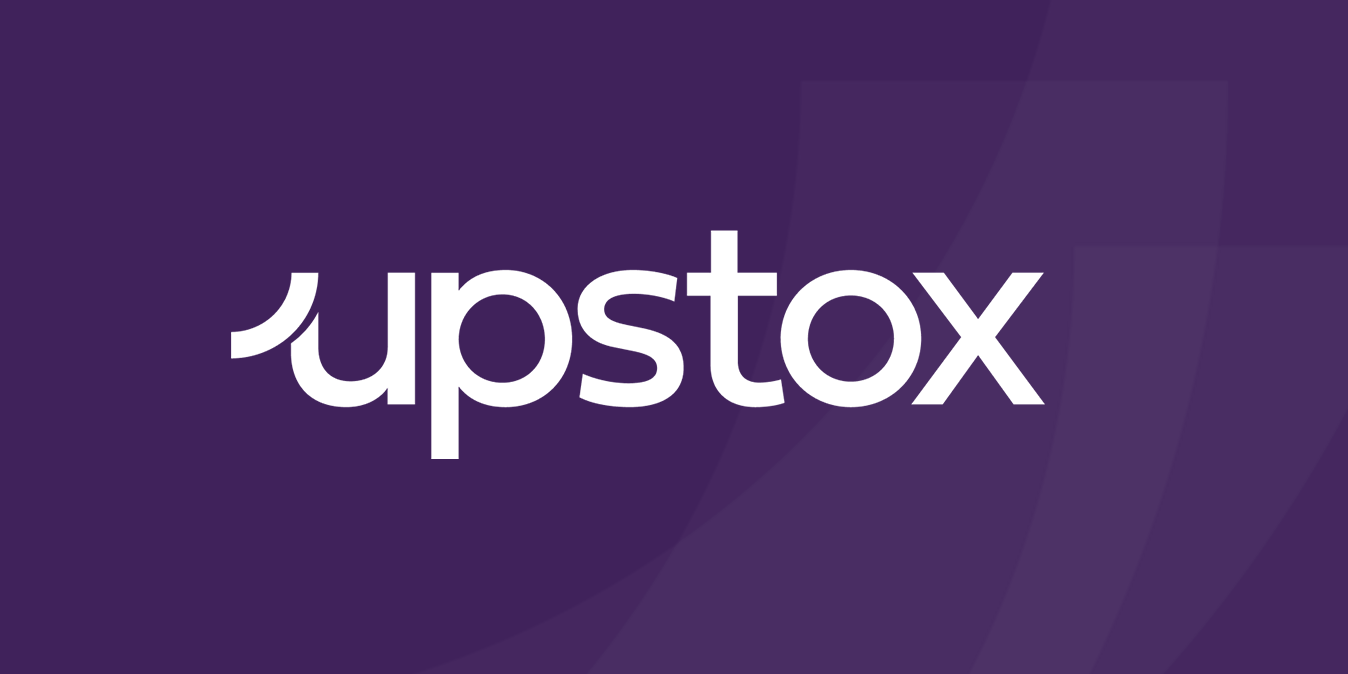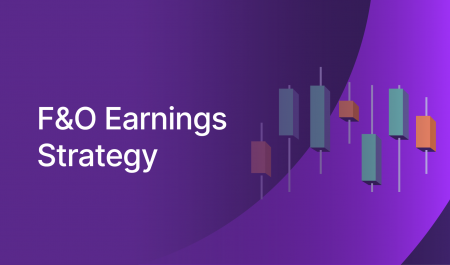Investment is like food. The novelty of a dish wears off if you eat it for a long time. Similarly, investing in an asset class only provides you advantages of that asset class. Just like a good thali, an investment portfolio can also contain a combination of the best asset classes available in markets. This increases the possibility of enhancing returns of your portfolio in the bull phases of the market and mitigating the downside of your portfolio in the bear phases of markets. Keeping this in mind, most experienced investors seek a reliable solution. They follow an asset allocation strategy.
According to ‘Determinants of Portfolio Performance’, a paper published in the Financial Analysts Journal in 1986 by Garry Brinson, L Randolph Hood and Gilbert L Beebower, popularly known as BHB, asset allocation explained 93.6% of the variation in a portfolio’s quarterly return. This study was conducted on the quarterly returns of 91 large U.S. pension funds from 1974 to 1983.
Later in 2000, a study conducted by Roger Ibbotson and Paul Kaplan also reiterated that the asset allocation policy explains 90% of the variability of a fund’s returns.
Long-term investors need to get their asset allocation right to ensure wealth creation. Chasing asset classes that have done well in the recent past or buying individual securities that did well in the recent past in a reckless manner may lead to poor returns. Asset allocation funds launched by Indian mutual funds offer a portfolio designed taking into account asset allocation. Let us understand how asset allocation funds work.
What are asset allocation funds?
These are hybrid schemes that primarily invest in a mix of asset classes such as bonds, stocks and gold. These schemes may buy individual securities to build a portfolio or may invest in units of other mutual fund schemes to achieve a desired asset allocation. The asset allocation of a scheme is clearly defined or dictated by a model based on various quantifiable factors.
According to categorisation and rationalization norms released by the Securities & Exchange Board of India (SEBI) in October 2017, there are two key categories of asset allocation funds: dynamic asset allocation funds and multi asset funds.
Dynamic asset allocation funds
Also known as balanced advantage funds, these schemes invest in a mix of stocks and bonds. Allocation to each of these asset classes is based on relative attractiveness. If stocks are cheap, then more money is allocated to stocks and rest is invested into bonds. However, there are some schemes that allocate more money to stocks if the market is trending upwards. This is referred to as a pro-cyclical approach. In this case, if the markets fall, then the allocation to stocks is reduced. Typically, these schemes allocate 20 to 80% of the money to stocks and the rest to bonds.
To ensure that the returns generated by a scheme are taxed like an equity fund, the scheme maintains the minimum gross allocation of 65% to equities at all times. If the asset allocation model calls for allocation of less than 65% to stocks, then a fund manager invests in spot-future arbitrage deals to such an extent that the gross allocation to equities is maintained at 65%. It must be noted that spot-future arbitrage deals are considered as equity exposure. Spot-future arbitrage deals involve buying a stock in the cash market and selling the same stock in the futures market to capture the price differential between two markets. Returns so captured in arbitrage deals do not get impacted by the subsequent fall or rise in stock prices.
According to Association of Mutual Funds in India (AMFI), as on September 30, 2021, 24 dynamic asset allocation funds managed assets worth ₹149,833 crore.
Multi asset funds
Multi asset funds are mutual fund schemes that invest in at least three asset classes and each asset class has a minimum allocation of 10%. These schemes either offer a static asset allocation or let the fund manager decide on the asset allocation. Most of these schemes allocate money to stocks, bonds and gold.
As per AMFI data, as on September 30, 2021, 10 multi asset allocation funds managed assets worth ₹17,948 crore.
Static asset allocation vs dynamic asset allocation
Asset allocation schemes employing static asset allocation are an ideal investment option for investors with similar asset allocation needs. Such schemes clearly define the asset allocation they intend to follow. For example an aggressive asset allocation fund may want to invest 60-70% in equity, 20-25% in bonds and 5-10% in gold. The asset allocation changes due to changes in prices of the securities held in the portfolio. Dividends and interest received on securities can be reinvested. This leads to change in asset allocation and a fund manager needs to rebalance it. Assets that have appreciated are sold and proceeds are used to buy assets that have less exposure as compared to the stated asset allocation. This is done in such a manner that the asset allocation is brought back to the original asset allocation. Static asset allocation is employed in multi-asset funds, which cater to investors of a specific risk profile or age-based investor segments.
Dynamic asset allocation schemes call for changes in asset allocation in line with changing sentiment and valuations. The range of asset allocation to each of the asset classes is broadly defined. For example, a multi asset fund can allocate 20-80% of funds to stocks, 10-60% to bonds and 5-25% to gold. The idea is to allow a fund manager or the allocation model maximum flexibility in allocating money to various asset classes. Dynamic asset allocation funds are more rule-based and allocate money to stocks, bonds (and spot-future arbitrage) in a large range.
Benefits of asset allocation funds
Diversification
An asset allocation scheme offers a carefully-built portfolio of securities across asset classes for investors. If not, then a fund manager allocates money to various mutual fund schemes that invest in various asset classes. Both these approaches ensure that investors get exposure to multiple asset classes through one scheme.
Returns
Some long-term investors looking for some less volatile investment options consider investments in multi-asset portfolios. Asset allocation funds generate healthy risk-adjusted returns. As they are invested across asset classes, they tend to benefit from price movements across asset classes. According to Value Research, multi-asset funds have given 10.31% returns in the five years ended October 14, 2021. In the same period, flexi-cap funds have given 15.83% returns.
Volatility
When an investor is invested across asset classes, volatility of the portfolio goes down. Not all asset classes rise or fall together. Exposure to assets with low correlation with each other tends to reduce volatility of an asset allocation fund. Standard deviation, which is a measure of volatility, of the flexicap funds stands at 21.23 in the three years ended September 30, 2021. For multi-asset funds the standard deviation stands at 13.77. Lower the standard deviation, lower the volatility.
Rebalancing
An investor decides on his/her asset allocation taking into account factors such as risk-taking ability and financial goals. He/she may construct a portfolio spread across asset classes. But asset allocation needs to be changed over a period of time to deal with the movements in financial markets. This requires rebalancing the portfolio periodically in a disciplined manner. Even if you rebalance it from time to time, there are costs associated such as incidence of tax and transaction costs. Investments made through asset allocation funds address these issues. A fund manager does it without attracting tax implications. Rule-based approach eliminates human biases.
Limitations of asset allocation funds
Despite all the aforesaid benefits, asset allocation funds also have certain limitations.
Costs
The expenses charged by asset allocation funds, especially dynamic asset allocation funds, are on the higher side despite the fact that they invest both in bonds and stocks. Many of these dynamic asset allocation funds charge in excess of 2% in the regular plan of their schemes. Bond funds expenses tend to be much lower than this. These expenses need to be seen in the light of expected returns.
Mismatch
Although asset allocation funds tend to stick to their asset allocation mandate by rebalancing their portfolios from time to time, they may not suit the investment needs of all investors. For example, if you are keen on 45% allocation to equity and 40% in fixed income and the rest in gold, then you may not find one that offers this allocation. It works as long as investors’ expectations of asset allocation match with that of a scheme. But in all other cases, investors cannot solely rely on asset allocation funds.
Taxation
Though the rebalancing of asset allocation is done in a tax-efficient manner, in an asset allocation fund, most multi-asset funds investing less than 65% of the money in equities or investing through fund of fund route are treated as debt funds for the purpose of taxation. Profits booked on the sale of units of such funds held for more than three years are treated as long-term capital gains and taxed at the rate of 20% post indexation. Profits booked otherwise are clubbed with the income and taxed as per the slab rate.
Dynamic asset allocation funds, however, are treated as equity funds for the purpose of taxation. Profits booked on sale of units of such funds held for more than one year are treated as long-term capital gains and taxed at the rate of 10% if such gains exceed ₹1 lakh in a given financial year. Profits booked otherwise are taxed at the rate of 15%.
Given these factors, investors who are keen on investing in stocks but are not comfortable with the volatility that comes with it, tend to invest in such asset allocation funds. Investors with no access to investment advice also invest in such schemes as they offer asset class exposure and in the long-term tend to generate decent risk-adjusted returns.


